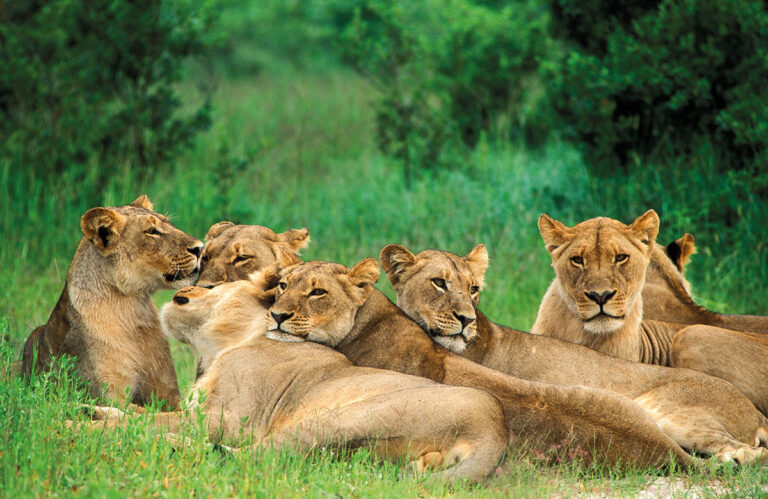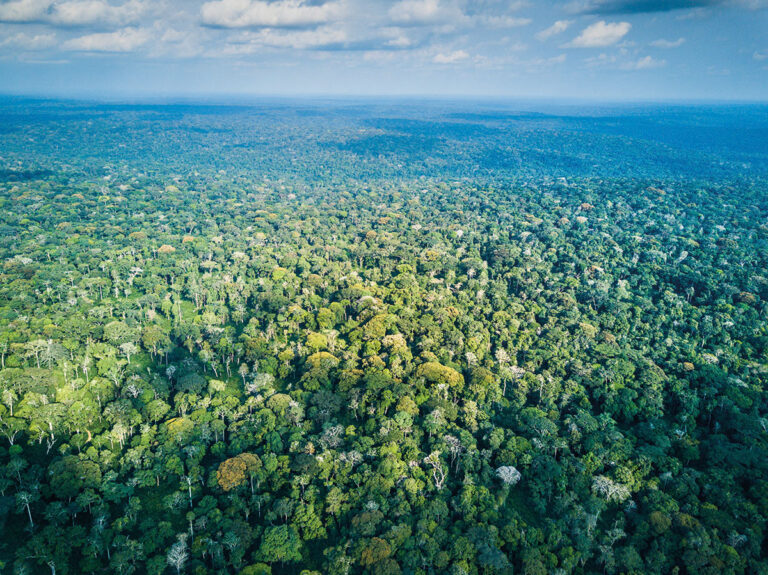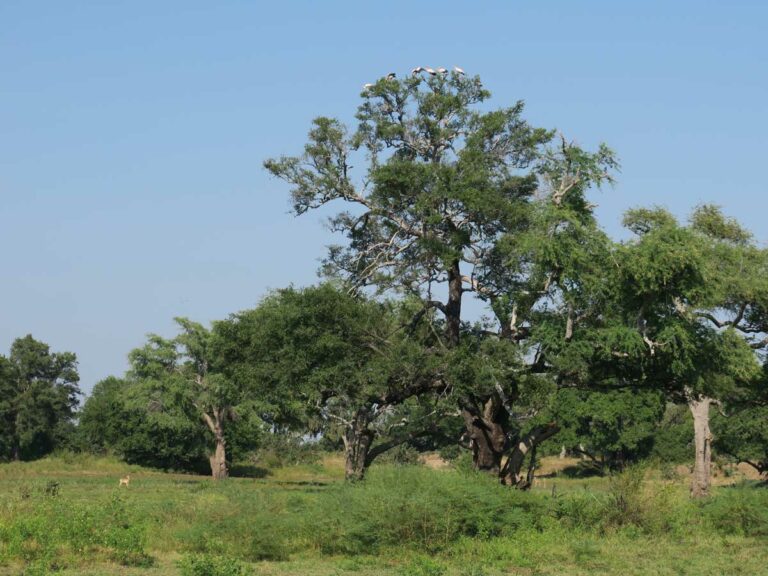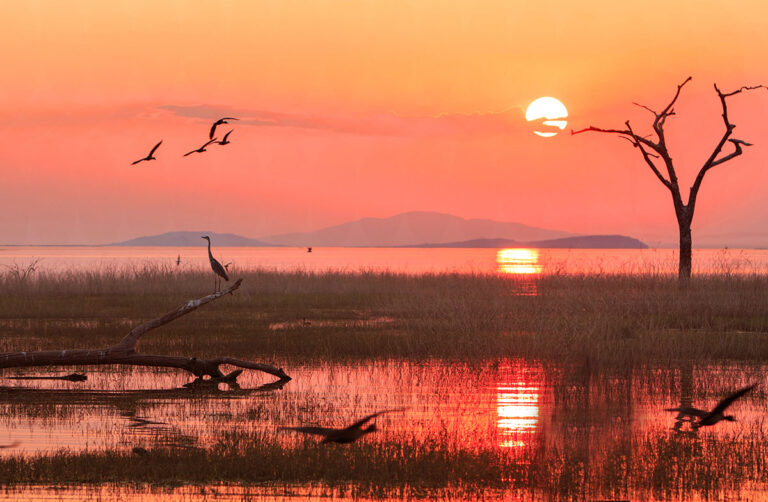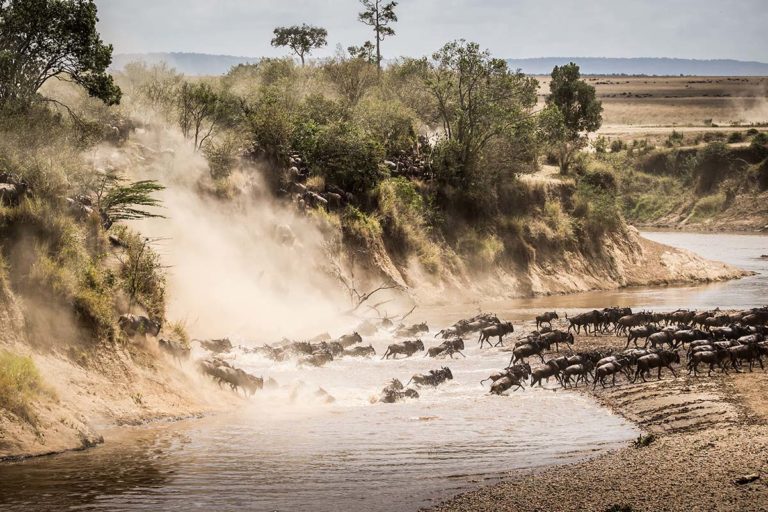Why do we love wildlife?
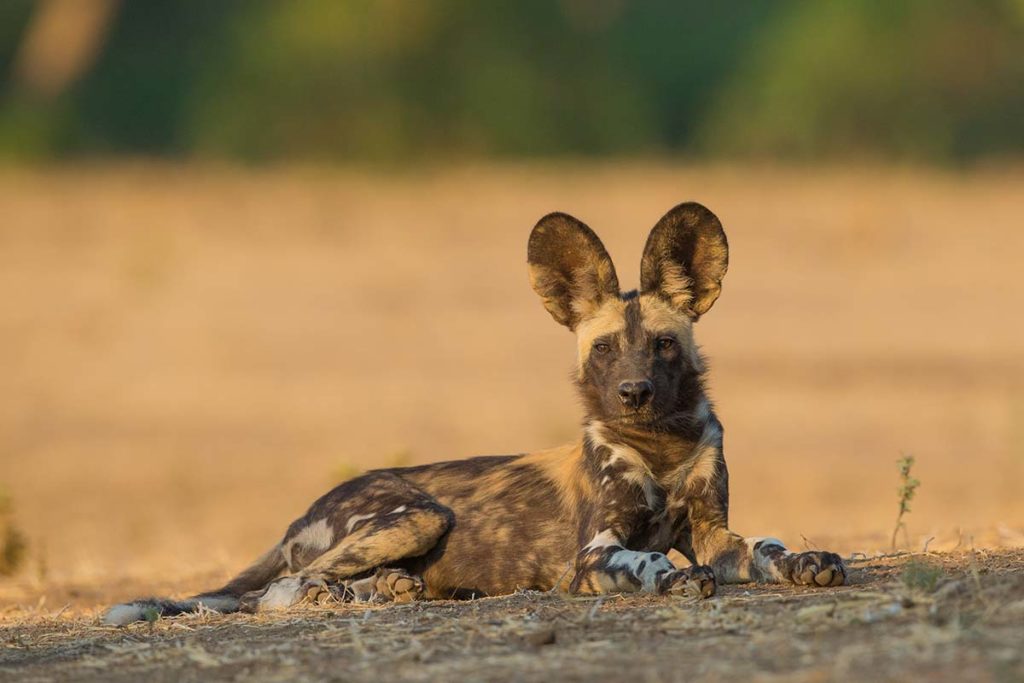
What keeps us returning, time and again, to Africa in search of animals? What drives our desire to see all the more elusive species? By Morgan Trimble, first published in Issue 95 of Travel Africa magazine.
You know that scene in Jurassic Park where Doctors Grant and Sattler explore the island in Jeeps? To a swelling John Williams score, the camera pans from gaping jaws to astonished eyes as the scientists first encounter living dinosaurs. That’s how I felt the first time I saw wild elephants. We students sat squished in the back of a Land Rover Defender, our sweaty legs tangled between bench seats, as we travelled a dirt track in Laikipia, Kenya. Through the dusty rear glass, I glimpsed a herd of grey behemoths – impossibly large, improbably graceful – among picturesque umbrella thorns. In that moment, childhood nature magazines and documentaries became real. I wouldn’t have been more awestruck if an actual brachiosaurus had plodded across the plain.
What is it about wildlife that so captivates us? Why do wild encounters stir powerful emotions and memories? What are we really seeking on safari?
Biologist E.O. Wilson used the term “biophilia” to describe our innate, mostly subconscious, tendency to seek connections with Earth’s lifeforms. He theorised that nature, unlike man-made environments, stimulates our senses to fully engage us. Biophilia, he said, is the essence of our humanity, binding us to all living species. It’s why we hang bird feeders and plant flowers and why woodland strolls soothe us. If biophilia is part of our biology, then watching wildlife in Africa transports us to its ancient source.
People spend vastly less time outside than did prior generations. We’re more disconnected from nature than ever, so wildlife encounters are all the more powerful. Communing with wildlife evokes conflicting sensations. We are just another humble member of the animal kingdom, but also something “other”, with profound responsibility. No wildlife encounter captures this uncanny sentiment like sitting in on a mountain gorilla family’s breakfast. Weary moms eye wrestling youngsters as the silverback chomps greens. So familiar, yet so exotic. We love and value wildlife as something precious that we can’t manufacture. Wildlife is rare, getting rarer, and to experience it feels an enormous privilege.
Wildlife appreciation stems, in part, from culture and family traditions. Kids that spend time outdoors with parents or grandparents are more likely to become wildlife lovers. Culture may also explain why we seek iconic species like elephants, lions and leopards on safari. We’re steeped in their significance through storytelling, art, and symbolism. Of course, Wilson would argue animals’ place in culture is down to our biophilic evolution.
Yet, many people don’t care for animals, preferring the concrete jungle to the Congo rainforest. As conservationists, it’s tempting to ascribe apathy to ignorance. If biophilia is natural, what is bio-apathy? Recently, researchers studied dog ownership among twins – some identical sets with identical genomes and some fraternal, who shared just half. By assuming twin pairs had similar upbringings, the scientists unravelled the effects of environment versus genetics on dog ownership. Surprisingly, genetics played a dominant role, much more so than shared upbringing. Apparently, the evolutionary forces humanity wielded to domesticate animals left reciprocal traces in our own genes. Although owning dogs and enjoying wildlife aren’t the same, we wildlife lovers might have been born this way.
Certainly though, experience and education can ignite and deepen passion for wildlife. For many, the thrill of seeing iconic safari mammals expands over time to encompass species assumed to be less charismatic. Reptiles, amphibians, insects and even plants become fascinating. I used to think birds were boring. Yet the more time I spent with birders, the more I learned and began to mirror their enthusiasm. Now birds dazzle me. I would just as well go bird watching, puzzling over IDs of unfamiliar species, as ticking the ‘big five’ in an afternoon.
Perhaps this birding affliction hinges on my brain’s reward system. A pleasurable dopamine hit accompanies searching for, and then finding, something serendipitous. We all harbour these primal hunting instincts of our ancestors. To survive, they depended on sustained motivation to seek and find food – whether fruit, fungus, furry or feathered. Most modern safari-goers carry cameras, not weapons, but the thrill of the chase still permeates safari culture. Ancient hunters surely took pride in their hard-won skills. Likewise, we wildlife enthusiasts earn satisfaction by learning to find, identify and, often, photograph animals. A tick on a checklist or photo memento replaces the hunting trophy and caloric reward.
On safari, campfire conversations centre on guests’ daily sightings or highlights of past trips. Rarity, danger potential, and the thrilling pinnacles in the theatre of life and death – courtship, births, territorial battles, kills – earn implicit bragging points. We treasure these wild encounters long into the future. This fondness for reminiscing and sharing contributes to our love for wildlife. I’ve enjoyed visits to celebrated museums and monuments of human ingenuity across the world, but I’m surprised by the nebulousness of those memories. In contrast, thinking back to special wildlife encounters elicits the same visceral awe I originally experienced. Precious details flood back: the sounds, the smells, the companions, the emotions.
Scientists have identified three factors that render experiences memorable: involvement, engagement, and ‘outstandingness’ compared to everyday norms. Is it any wonder watching wildlife on safari captures our imaginations and memories? Searching for sightings and reawakening primal instincts ensures we are involved. Unfettered from phones and routine work and domestic distractions, we are unusually engaged. And, for most of us, few experiences are more outstanding than watching wild drama unfold across breathtaking landscapes.
In an ethnographic study of wildlife tourists, Susanna Curtin discovered what makes certain wildlife encounters especially memorable and meaningful. Spontaneity – the uncertainty and anticipation of finding a quarry as well as the surprise and luck of chancing upon the unexpected – ranks highly. So, too, does wildlife in mass numbers – hello, Great Migration – or spectacular diversity. Closeness, one-on-one interactions, eye contact and a sense of interaction all create memorable encounters. In particular, the thrill of first-time sightings tends to stick, explaining my elephants of Laikipia.
In the moment, wildlife encounters are exhilarating and pleasurable. We carry these feelings with us as memories to cherish for a lifetime, which in turn, keeps us coming back for more.
Other recent articles
Rediscovering Zimbabwe
The green heart: trees of life
Where to look?
Zimbabwe highlights
Circuit breaks
25 Reasons to visit Kenya
Subscribe
Never miss an issue of Travel Africa
To ensure you get your regular Africa fix, subscribe to have each issue of Travel Africa delivered directly to you as soon as it is published (four times a year). Choose from print+digital or digital-only options, to suit your preferred reading style. Renewals and gift options are also available.
Join our Shamwari gnusletter
Sign up to receive additional content, news and travel tips by email. Your address will be used only for this purpose and you can unsubscribe at any time.
By using this form you agree that you have read our Privacy Policy

